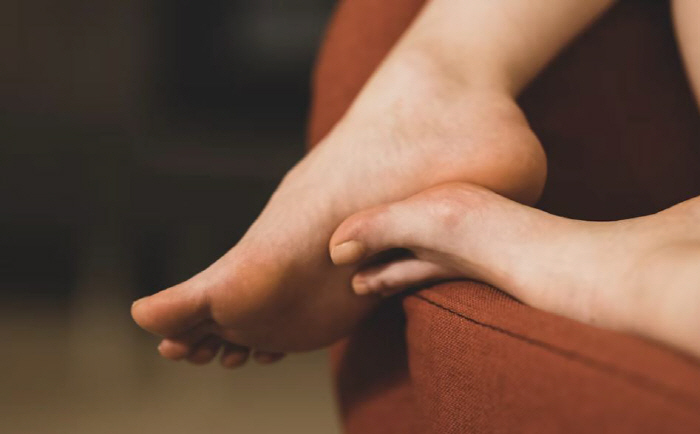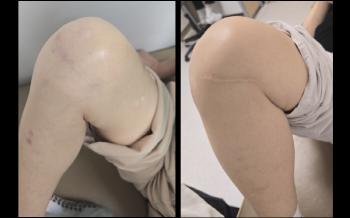Footprint fasciitis the moment you step in...How to stretch the soles of your feet?
|
For a while, the moment I opened my eyes in the morning and took my first step out of bed, the pain came as if my heel were stabbing with a needle. Fortunately, after 30 minutes, the pain disappeared and I continued jogging as usual. However, the pain got worse in the morning, so I was surprised when I visited the hospital. He was diagnosed with plantar fasciitis, which was known as a disease for women who enjoy wearing high heels. I immediately stopped jogging, which I liked. As a result, I gained weight and built up stress.
◇ Mainly in their 40s and 60s, male and female ratio is similar
As jogging and marathon have recently spread like a trend among the MZ generation, the number of foot diseases among young people is increasing unlike in previous years. A typical one is plantar fasciitis.
The plantar fascia is a thick fibrous band muscle that connects from heel to toe to protect the arch of the sole of the foot, and the disease that causes pain due to inflammation is plantar fasciitis.
The main symptom is that extreme pain occurs when you wake up in the morning and take your first step, sit for a long time, and then stand up and start walking. If you keep walking, the pain relieves a little, but similar pain repeats when you move again after taking a break. It usually occurs in people in their 40s and 60s, and the incidence rate of men and women is similar.
Structurally, plantar fasciitis is likely to occur if the foot is flat or the arch is higher than normal, or if the calf muscle or Achilles tendon is stiff. It is common for people who are forced to run or walk due to external factors, have recently changed shoes, have gained weight suddenly, or have long standing jobs. In particular, women who wear thin shoes such as high heels and flat shoes are more likely to get caught.
◇Most treatable without surgery…Stretching the soles of the feet is important
The reason why people with plantar fasciitis are sick when they take their first steps in the morning is that the plantar fascia contracts overnight without using their feet and stiffens. This stiff fascia suddenly stretches at the moment of the first walk, causing tension in the inflammatory area, resulting in repeated micro-damage and pain. Therefore, the key to treatment and prevention is to loosen this fascia', that is, stretching the soles of the feet is of paramount importance.
It is recommended to stiffen the plantar fascia and hold it for 15 to 20 seconds by placing the painful foot on the opposite knee and pushing up the toes toward the top of the foot with your hand. Usually, it's very effective if you sleep and wake up or sit for a long time before you take your first step. Massage the stiff plantar fascia with the other hand is more effective. It is effective if you repeat 3 to 5 sets a day, 10 times a set. Most of them can be treated without surgery with just this simple lifestyle correction. More than 90% of actual patients improve.
It is also important to remove the cause of plantar fasciosis. You should reduce excessive exercise, wear cushioned shoes, and lose weight if necessary. Foot structure problems such as flat feet and yaw feet can be used with customized insoles or assistants.
◇ Without improvement, extracorporeal shock wave therapy...Consider surgery if it lasts more than a year
If the pain persists, drug treatment, assistive device, or extracorporeal shock wave treatment can be considered. In the early stages, anti-inflammatory analgesics are helpful, and if there is no improvement even after stretching for more than six weeks, an aid can be used to prevent the plantar fascia from contracting. In vitro shock waves are treatments that induce micro-damage to improve blood flow and promote inflammation recovery.
Heo Tae-young, chief of orthopedic surgery at Good Samsun Hospital, said "Steroid injection treatment can be tried in very severe patients, but it is not commonly used"because it can atrophy the fat layer responsible for cushioning the heel and cause acute rupture of the plantar fascia" Manager Heo said "If there is no improvement for more than a year, surgery can be considered in rare cases"Ultrasonic waves or MRI tests are performed only when other causes need to be identified" he explained.
|
This article was translated by Naver AI translator.





